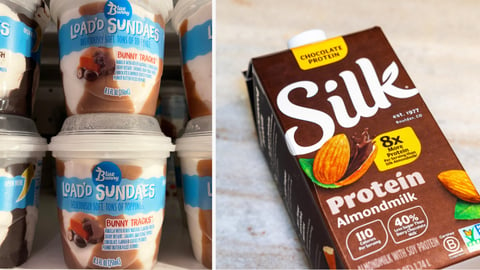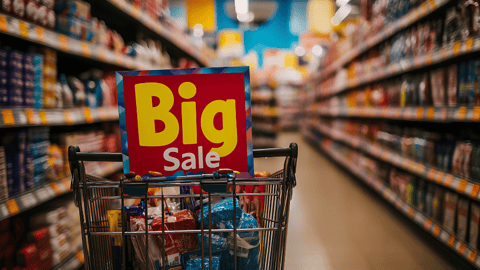Embracing Data for Win-Win Trade Promotions
The traditional approach to trade promotion planning has long been the subject of debate.
One oft-cited criticism is that promotion decisions are made with siloed information by those who own category-level relationships with merchants, which is problematic because it does not offer the holistic view necessary for effective promotions. This approach also fails to consider additional information that may be available from other parts of the business.
[Read more: Repurposing Trade Funds Where They Matter Most]
Looking at all available data allows for a more pragmatic approach that lets businesses be nimbler and more effective when it comes to creating promotions. This is a particularly strong opportunity for CPGs, as it allows brands to create promotions that are a win-win for themselves and their retail partners, all while delivering to planned business goals.
Promotion Optimization Is Top of Mind
The Promotion Optimization Institute’s State of the Industry Survey found that promotion planning and optimization, post-event analytics, and data cleanliness and management were the top three areas of concern for respondents in 2022. This provides definitive insights into the urgency and importance of promotion optimization for CPGs and retailers today.
However, getting started with contemporary AI-based capabilities leveraging cross-organizational data can be intimidating. Most current platforms still require significant manual processes, which leads relationship stakeholders to frequently default to simply doing whatever worked the last time – a dangerous proposition considering it’s very likely that a lot of variables have changed from previous years.
Reaping the Benefits of AI
A key game-changing aspect of AI is its ability to generate what-if scenarios based on various inputs ranging from changing tactics, store placement, and feature ads to the length of the promotion. One of its biggest “aha” moments is price elasticity as it relates to its impact on promotions. While it’s not news that promoting non-elastic products hurts margins, AI adds a new sophistication and speed to elasticity analysis that wasn’t previously possible.
Now CPGs can see the correlation between their promotions and how they relate to a similar private label product, giving them the ability to calibrate the relationship with that retailer accordingly.
Another key advantage of AI is its ability to leverage comprehensive data and deliver optimized recommendations. Having more visibility into various areas of the business means CPGs can now craft advanced what-if analyses, but simply looking good on paper doesn’t translate to optimal business results.
For a promotion to truly be effective, CPGs must ensure that data is portable between the various databases and execution systems up and down the supply chain.
[Read more: Symphony RetailAI Names First Chief Product Officer]
For instance, there’s a reason why airplanes aren’t made from the same material as the indestructible material used for black boxes. It sounds ideal but would require an impossible amount of engine power based on today’s available technology for the aircraft to fly. Similarly, if a promotion seems perfect but cannot be absorbed by the downstream systems and other such challenges, then odds are it may be more trouble than it’s worth.
Business Isn't As Usual, So Why Act Like It?
Business is far from usual in today’s grocery retail environment, so nailing trade promotion optimization (TPO) is crucial for success, and with AI, there’s no reason to be left behind because of TPO execution. When combined with current best practices, an AI-based approach to TPO can offer a powerful one-two punch to craft promotions that appeal to customers while building goodwill with retailers.
—Mayank Ahuja, Senior Director, Data Science, Symphony RetailAI




